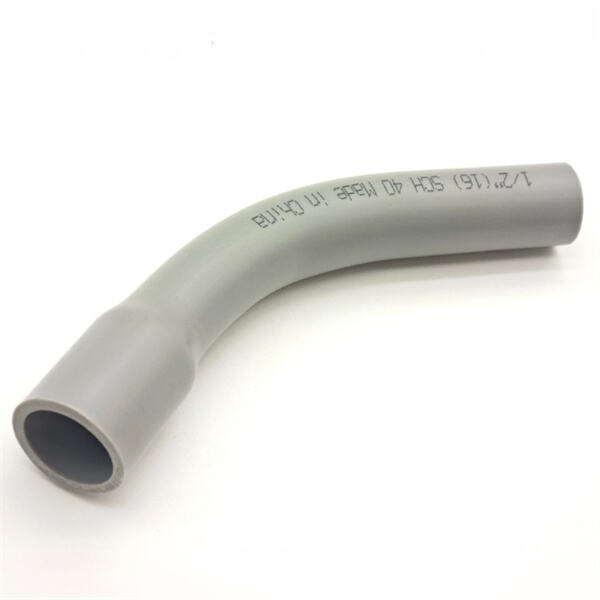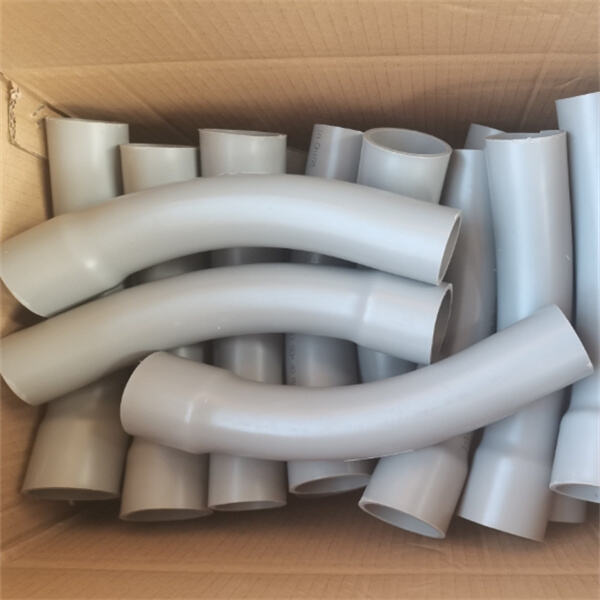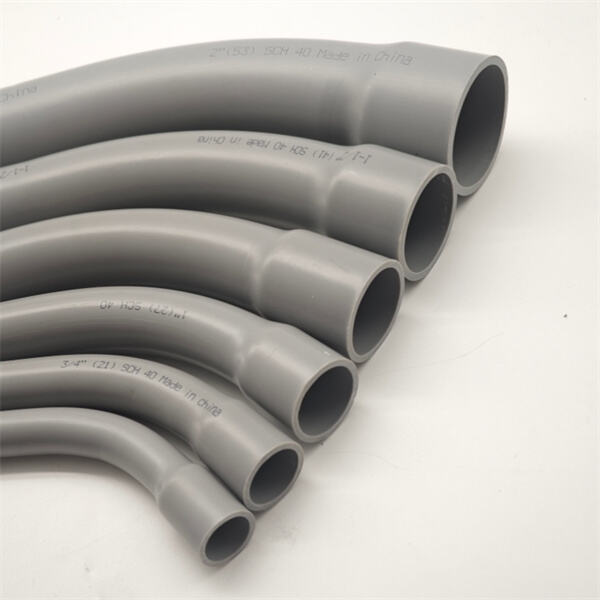An electrical conduit elbow is a specialized fitting that can be used in electrical wiring installations to make it easier to bend and adjust the direction of a conduit pipe that has wires that need to be contained. It seems to be some kind of corner that joins two straight pieces of conduit at a 45° angle. Long run of wire mold with no need for conduit elbows. An electric conduit elbow is really helpful when the wiring has to turn the corner of some kind or a bend in a building.
When wires must be shielded and kept in order within a building, they are made to run through metal or plastic pipes known as conduit. These are conduit pipes that protect the wires from hazards and keep them in proper position. In other cases, the wires must round a corner or change course. This is where an metallic conduit elbow is useful! It allows the wires to bend around corners very easily, without getting twisted or damaged.
To install an electrical conduit elbow, you need a few tools and preferably an assistant. You'll need a length of conduit, an elbow, a screwdriver or wrench, and connectors. First, measure the conduit pipe and cut it to length. Now, connect a conduit elbow to the pipe with connectors. Double check then everything is tied/tight. Last, connect the other side of the conduit brackets pipe and to the rest of the wiring. Carefully check that everything has been installed correctly.

Electrical conduit elbows come in many different styles and types, depending on your needs of angle and size. Some of the most popular elbow types are 90-degree elbows, 45-degree elbows, and pull elbows. 90-degree elbows turn sharply, 45-degree elbows fillet to turn. Pull elbow is utilized for pulling wire through conduit. Select the proper conduit elbow for your wiring project's design and installation.

There are plenty of pros in using an electric conduit elbow in one’s wiring works, including: It prevents the wires from getting damaged by holding them in place securely. The elbow makes it much more convenient to go around the corners and tight spaces, which is a nice little bonus over the plain cables. In addition, the use of a conduit elbow may reduce the problems of tangled, or knotted, wires so that maintenance and repair is easier.

Occasionally, one may experience issues with Anita electrical conduit elbows if they are not mounted or mounted right. Loose connections can lead to the conduit coming apart or the wires being exposed. This can be avoided by checking all the connections to prevent overheating. The wrong size or angle of the conduit elbow may also result in kinked or damaged wires. Remember, measure twice and cut once for a perfect fit.